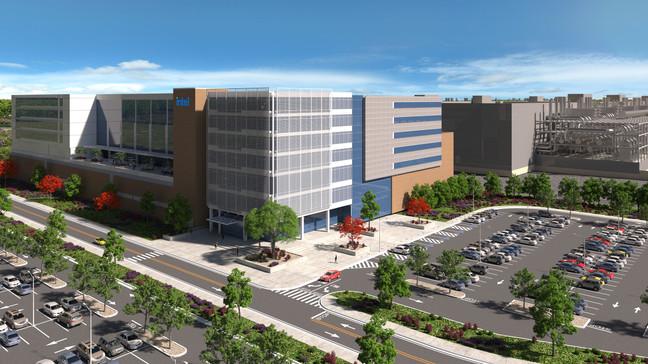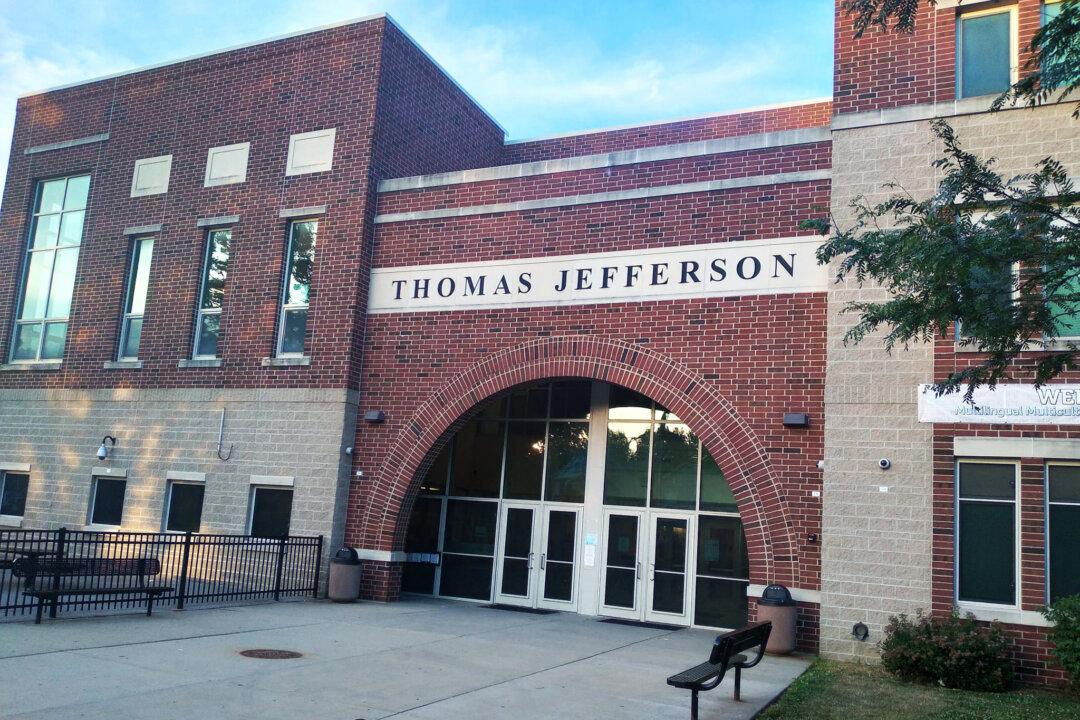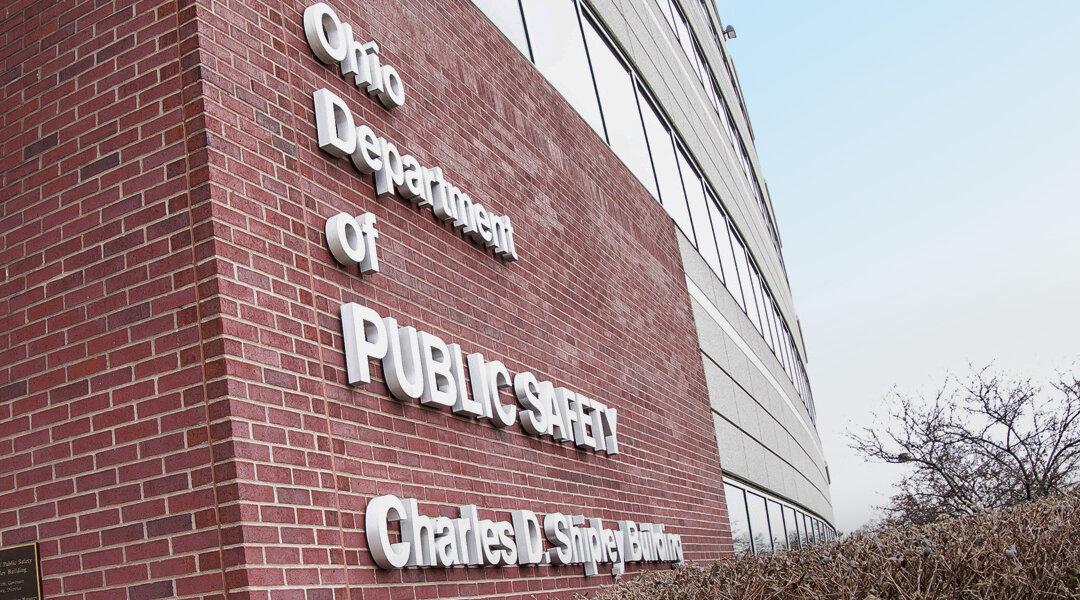New Albany, a city in rural Ohio, is set to become home to the largest private investment in state history—a development that could change the face of a neighboring agricultural township forever.
During a festive press conference on Jan. 21, Ohio Gov. Mike DeWine and Intel CEO Pat Gelsinger announced plans for two $20 billion microchip plants that will cover 1,000 acres in the city of New Albany in Licking County.




